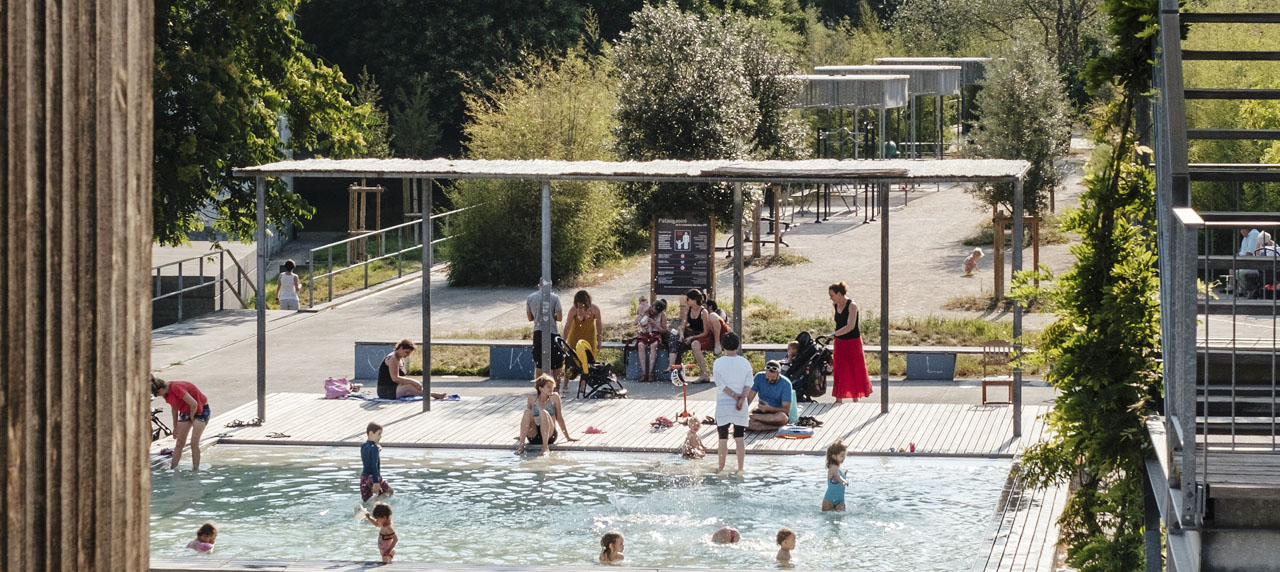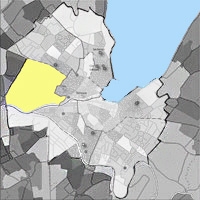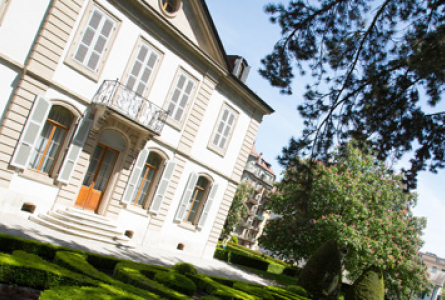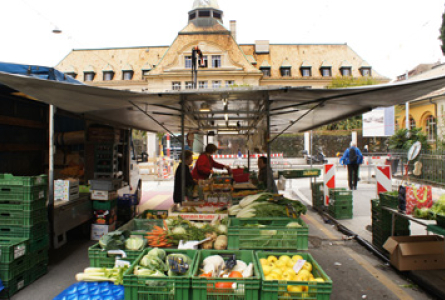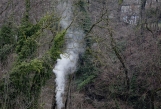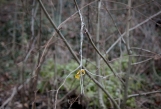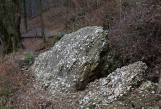The dynamic and vibrant district of Saint-Jean Charmilles is located between the natural setting of the cliffs above the Rhone river and the lively activity of the city.
Saint-Jean Charmilles is one of the eight major districts of the City of Geneva. It stretches along the right bank between the Rhone and the districts of Grottes Saint-Gervais and Servette Petit-Saconnex. The western part of the district is bordered by the municipality of Vernier. The district comprises the following sectors:
- Saint-Jean;
- Charmilles;
- Châtelaine;
- Cité Vieusseux;
- Liotard;
- Poterie;
- Geisendorf;
- Les Franchises;
- Concorde.
A living environment nestling between nature and the city
The first buildings encountered along the banks of the Rhone are the Seujet buildings dating back to the 1970s. Then you get to ‘old Saint-Jean’, which in some places retains the feeling of a village. Further on, an area of villas overlooks the cliffs above the Rhone.
The garden cities, built in the 1920s, stretch along both sides of Avenue d’Aïre. The Concorde area is currently being redeveloped. Higher up, the sector incorporates the Parc des Franchises and the area around Rue de Bourgogne, which is a mixture of villas and former industrial buildings. The Complexe de l’Europe is much more recent and was built in 1992 on the site of the former Charmilles workshops where hydraulic turbines, cars, machine tools and regulators used to be produced. This group of 900 flats houses the greatest density of inhabitants per m² in Geneva.
At the centre of the district lies a brand new sector: the area covering the CFF railway lines which is home to public areas and services, such as a community centre and a library. The trains have not, for all that, disappeared entirely from the district. The trench still exists up to the Pont des Délices, while the Sentier du Promeneur-Solitaire follows the tracks and the CFF viaduct in la Jonction offers people out for a walk the chance to admire the confluence of the Rhone and the Arve.
Transformations involving the inhabitants
Saint-Jean Charmilles is a dynamic district undergoing major change. Throughout its history, it has seen numerous transformations. In the 1990s, the project to cover the railway lines completely changed the face of the district and connecting Saint-Jean to les Charmilles.
Today, the sector continues to evolve and the inhabitants play their role in making it a vibrant district that lives up to their expectations. In 2000, they created the Forum Saint-Jean/Charmilles, an information and discussion centre.
A project to redevelop the Concorde sector, spanning the municipalities of Geneva and Vernier, has also been created through collaboration with the cantonal institutions, the district leaders and the population as a whole. It involves the construction of 950 dwellings, the creation of 250 jobs across an area covering close to 28 hectares and the installation of a local express train station (RER). The Concorde project was also chosen as a new model project of the urban policy of the Federal Office for Spatial Development with a view to ensuring sustainable development.
It is also in Saint-Jean that the Terrasse du troc, was born – a ‘relational art experience in public areas’.
Information about Saint-Jean Charmilles
The building sites currently in progress in your district
See the list of building sites lasting more than one month implemented by the City of Geneva in the Saint-Jean Charmilles district.
The Servette information centre
The attentive staff of the La Servette information centre, located on the right bank of the river, provide social health, education and cultural information about Geneva while facilitating access to municipal, cantonal and associative services.
The brochure presenting the district of Saint-Jean Charmilles
The 'Near you' district brochure, available for download at the bottom of the page or from the info-service centres, helps inhabitants familiarise themselves with the services available in their district provided by the public authorities or the network of associations.
Article modifié le 08.04.2024 à 14:09

